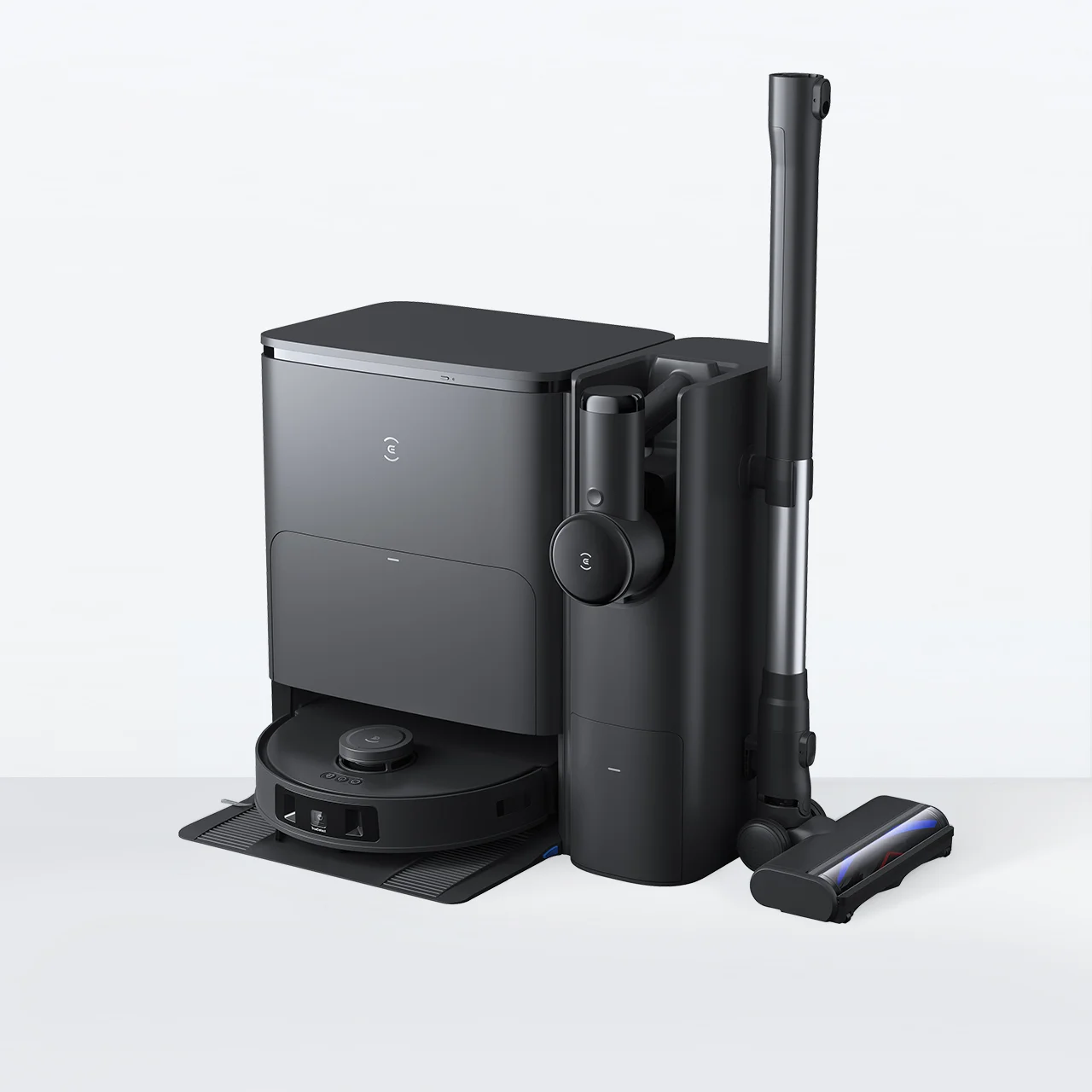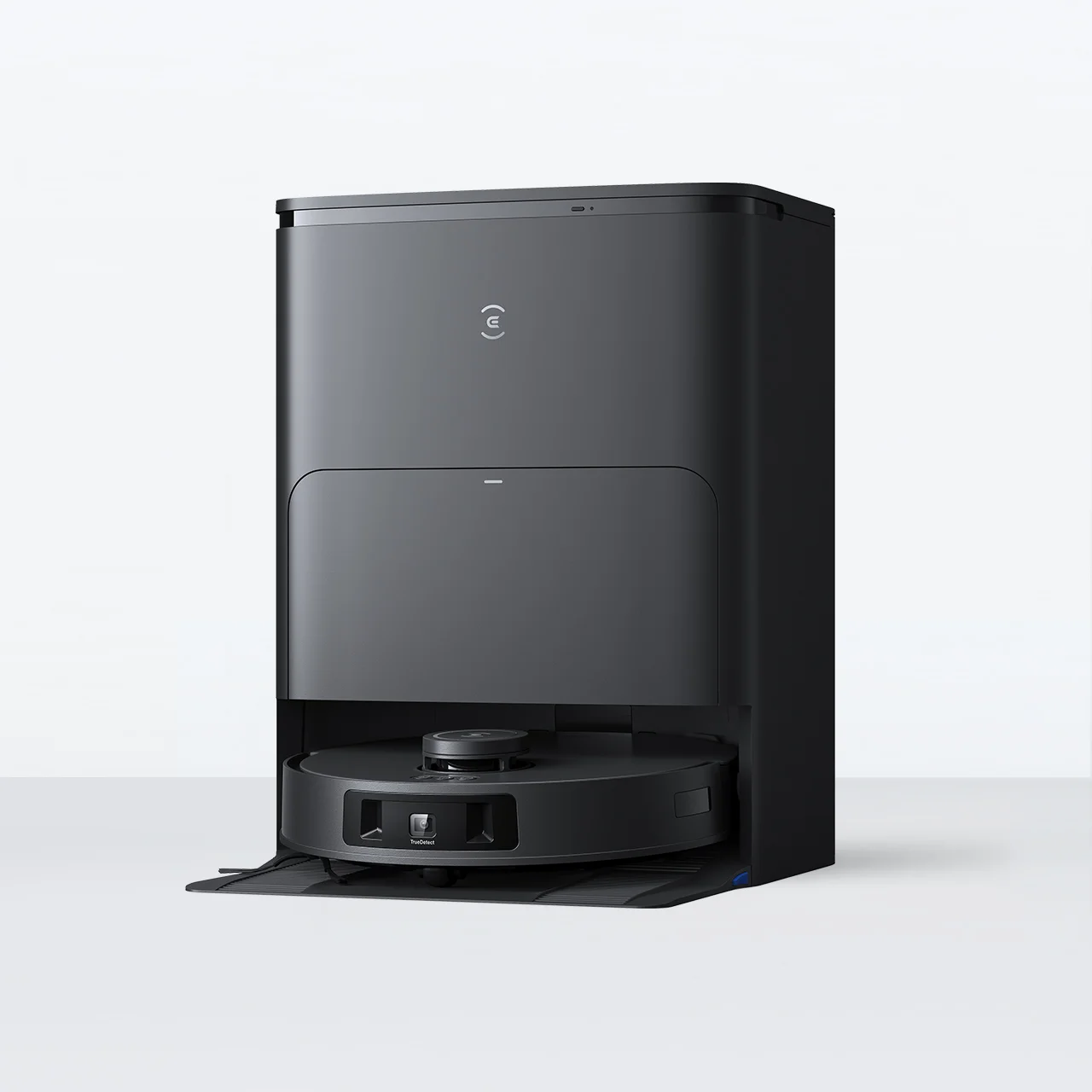
If you want to maintain a clean and healthy home, vacuuming properly is one of the most essential tasks. It keeps your living spaces looking shiny and also has a big impact on your family’s well-being. More than 100 million people in America suffer from allergies with dust mutes, pollen and other airborne irritants. But if you vacuum your floors, carpets and upholstery regularly and thoroughly, you can remove these allergens and reduce the risk of any symptoms. Some vacuums have a HEPA filter, which can capture very small dust particles and make a noticeable difference in the comfort and well-being of your household.
Why Proper Vacuuming Matters?
Proper and regular vacuuming is more than just a chore, it is crucial to maintain a healthy living space, improve the air quality, cleanliness and overall well-being of your home. It greatly reduces allergens like dust mites, pollen and pet dander which can trigger allergy and asthma symptoms. Especially when you use vacuum cleaners HEPA filters, you can effectively trap these microscopic particles and prevent them from circulating back into the air.
Vacuuming can also extend the lifespan of your carpets and rugs. The foot traffic and dirt can gradually wear down the fibers, leading to premature aging and the need for costly replacements. When you regularly vacuum these areas, it helps to remove these built up debris, protects your floors and saves you money in the long run.
A clean and well-maintained home can positively impact your mental well-being. Reducing dust in the home creates a more soothing living environment and helps alleviate feelings of stress.
How To Use Your Vacuum The Right Way?
Using your vacuum the right way and understanding its settings and features is important for being able to clean effectively and efficiently. Different vacuum models come with different settings and attachments so make sure you familiarize yourself with the capabilities of your model.
If you’re wondering which attachment to choose, consider the surface you want to clean. For vacuuming hardwood floors, you’ll want to use a soft-bristle brush to avoid scratching the surface. Carpets and rugs need a beater bar or a power nozzle attachment to agitate the fibers and lift deep-seated dirt and debris. If you’re cleaning upholstery and soft furnishings, you’ll need a crevice tool or dusting brush to reach tight spaces. Many robot vacuum cleaners work using sensors that can recognize the type of floor surface and adjust their cleaning mode. This helps make sure that your floors are cleaned effectively without the need to manually adjust settings.
It is essential to maintain your vacuum cleaner so that it runs at peak performance on every use. This includes cleaning the filters, emptying the dustbin and checking for clogs in the hose or attachments.
How To Vacuum Carpets and Rugs?

When you want to vacuum your carpets and rugs, you need to adjust the height setting on your vacuum based on the pile height of your carpets and rugs. Carpets with a deeper pile like shag or plush carpets need a higher vacuum setting so that the brushes can reach down and loosen embedded dirt and debris. In contrast, low-pile carpets and area rugs need a lower vacuum setting so that it doesn’t damage the fibers. You can also use a robot vacuum for carpets since they can recognize the carpet’s pile and adjust the suction power accordingly.
Make sure you vacuum in multiple directions, for example, front to back, side to side and even diagonally which will lift all the dirt and grime that’s been ground into the carpet fibers. This keeps your carpets looking great and also maintains the integrity of the fibers over time.
How To Vacuum Hardwood and Tile Floors?
To vacuum hardwood and tile floors, use a vacuum with a setting for hard floors, or a soft brush roll that can gently clean without causing damage. The strong suction power of a vacuum cleaner can scratch and scuff the surface, leading to damage over time. A soft brush or a hard floor setting helps glide across the floor without digging in and causing these issues. A robot vacuum cleaner can prevent damaging the floor since they are designed to glide smoothly across the floor.
On tile floors, the wrong vacuum setting can chip or crack the grout lines so it’s important to do it gently. Avoid sudden jerking motions which can scatter the particles you’re trying to pick up. Instead, use smooth, even strokes to gently lift and contain the dirt. Alternatively, you can use a robot vacuum made for tile or hardwood floors for a hands-free cleaning experience that maintains the appearance of the floors.
How to Vacuum Laminate Floors?
One of the biggest risks with cleaning laminate flooring is that it is prone to scratches and streaks. If you don’t use the right vacuum, the hard and rigid surface can suffer from permanent scuffing. Instead of powerful suction settings that are designed for carpets, use one that is designed to be gentle on hard floors. Vacuums with soft brush rolls or special hard floor settings are ideal for laminate.
If you have a spill on a laminate floor, it can cause the material to swell, warm or even start to delaminate. Act quickly to blot it up with a clean, dry cloth but don’t rub or scrub since this can push the moisture deeper into the laminate. If you notice any standing water, take care of it right away so that your floors don’t suffer from long term damage.
How to Vacuum Vinyl Floors?

Vinyl floors are designed to be scratch-resistant, but they can still be damaged from abrasive particles like sand, grit, or pet nails. Over time, these particles can create tiny scratches and dull the appearance of the floor. When you clean vinyl floors regularly, it helps remove these particles before they can cause any damage.
Use a vacuum with soft, non-marketing wheels and a gentle brush or suction setting for vinyl floors. Use a back-and-forth motion rather than circular or overlapping patterns to ensure even coverage and prevent the vacuum from leaving any lines on the floor. For cleaning baseboards, edges and other tight spaces, make sure you use a soft-bristled dusting brush or a crevice tool.
How to Vacuum Stone and Ceramic Tile Floors?
If you have stone or ceramic tiles in your home, you might already know that they need more care. This is because the grout in between the titles can easily get stained or discolored if you don’t properly clean it. It can also cause mold and mildew to grow, which not only looks bad but can also be a health hazard.
Remember to choose a vacuum that is strong enough to clean well between the tiles but gentle enough to avoid scratching or damaging the surface. Look for vacuums with soft bristle attachments that can navigate the tight spaces between tiles without leaving behind any marks or scuffs. Also remember to wipe up spills promptly to prevent stains from setting in.
FAQ
Can vacuuming ruin your carpet?
Vacuuming can sometimes damage carpets if done improperly. If you use too much suction, go over the same area repeatedly, or use the wrong attachments, it can wear down carpet fibers over time. This is why it’s important to use the appropriate vacuum settings and techniques to avoid damaging your carpet.
What should you not vacuum?
You should avoid vacuuming delicate fabrics, such as silk or lace, as the suction can snag and tear them. You also shouldn't vacuum up large, sharp objects that could damage the vacuum's internal components. Also avoid vacuuming up wet spills because the moisture can damage the machine’s motor and internal mechanisms.
What is the correct posture for vacuuming?
Maintaining the correct posture while vacuuming is critical for preventing back and muscle strain. You should stand up straight, keeping your back aligned and your core engaged, and use your leg muscles to push the vacuum rather than relying on your back. Avoid bending or twisting your torso, and keep your shoulders relaxed.
Should I vacuum before or after dusting?
In general, it's better to dust first and then vacuum afterward. This allows the dust and debris to settle on the floor, which can then be effectively suctioned up by the vacuum. Vacuuming before dusting can sometimes just end up moving the dust back into the air, which can then resettle on surfaces. By dusting first, you can ensure that the vacuum is able to pick up the majority of the dust and debris, leaving your home cleaner and more allergen-free.
Can vacuuming help with allergies?
Yes, vacuuming can be an effective way to help manage allergies by removing dust, pet dander, and other allergens from carpets, rugs, and upholstery. However, it's important to use a vacuum with a HEPA filter, as these are specifically designed to capture the smallest particles that can trigger allergic reactions. Regular, thorough vacuuming with a HEPA-equipped vacuum can significantly improve indoor air quality and provide relief for those with allergies.
Related Products









